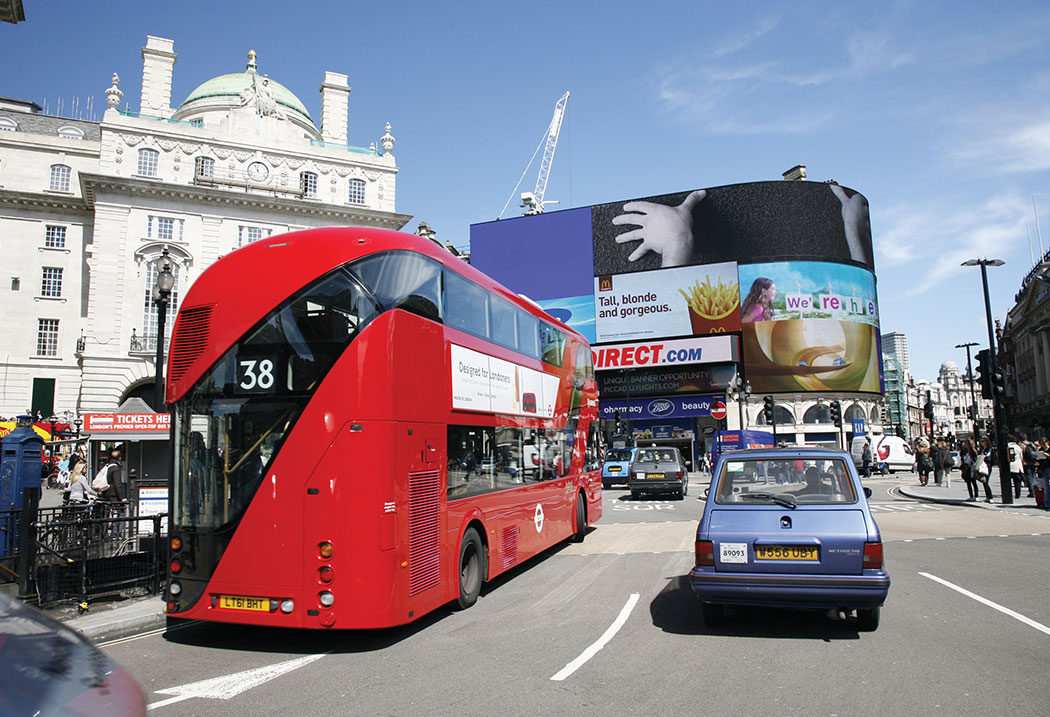Case Study

During 2008, the city of London announced the introduction of a new generation of double-decker buses for London (NBfL). The back then more fuel-efficient bus would draw on styling cues from the iconic star of London transport, the 1960’s built Routemaster. Northern Ireland-based manufacturer Wrightbus, were selected to build the new bus, with design input by London-based Heatherwick Studios. The freeform nature of the styling, and the technical requirements of the bus, including hybrid powertrain and fuel efficiency requirement, meant lightweight composites were ideal for the structurally-loaded rear-end body panels.
Structural composite engineering
Gurit worked in a joint development team with Wrightbus’ structural engineers to develop the overall laminate design and connection details to the steel chassis and aluminium body side and roof panels. Gurit provided guidance on the material properties and allowable stresses so that Wrightbus’ engineers could incorporate the composite structure into their existing Finite Element Model of the bus. Both ultimate and fatigue strength were analysed. The bolt forces at the connections between the parts and the rest of the bus were used by Gurit’s engineers to develop the local reinforcements in way of the bolts, drawing on their experience in the design of composite structures for marine, civil and wind energy. Material properties were tested for tensile, compressive and shear strength as well as specific checks on behaviour of the bolted joints through the laminate.
Advanced composite materials
The rear end of the bus exterior (behind the rear wheels) and the hop-on, hop-off platform are built with Gurit’s SPRINT™ ST70FR and Gurit® Corecell™ M. The five structural composite parts support the weight of the engine, the passengers on the platform, the staircase and the upper deck. This saved several hundred kilograms from the structural weight of the bus, compared to traditional materials. This allows the bus to carry enough passengers without exceeding the legal axle weight limit, despite being longer than a conventional double-decker with its two staircases and three doors, and carrying the additional weight of the batteries for the hybrid diesel-electric propulsion. Gurit manufactured the prototype parts for durability and fatigue testing on the Millbrook test track and has now moved into series production.
Fire retardant SPRINT™ ST70FR is used in the lamination of the parts, with larger flat areas stiffened with minimal additional weight using Gurit® Corecell™ M. In case of damage in service due to collisions, the bus technicians are trained to repair the parts using SP110 laminating resin, which was chosen for its ease of use in a wide variety of conditions.
